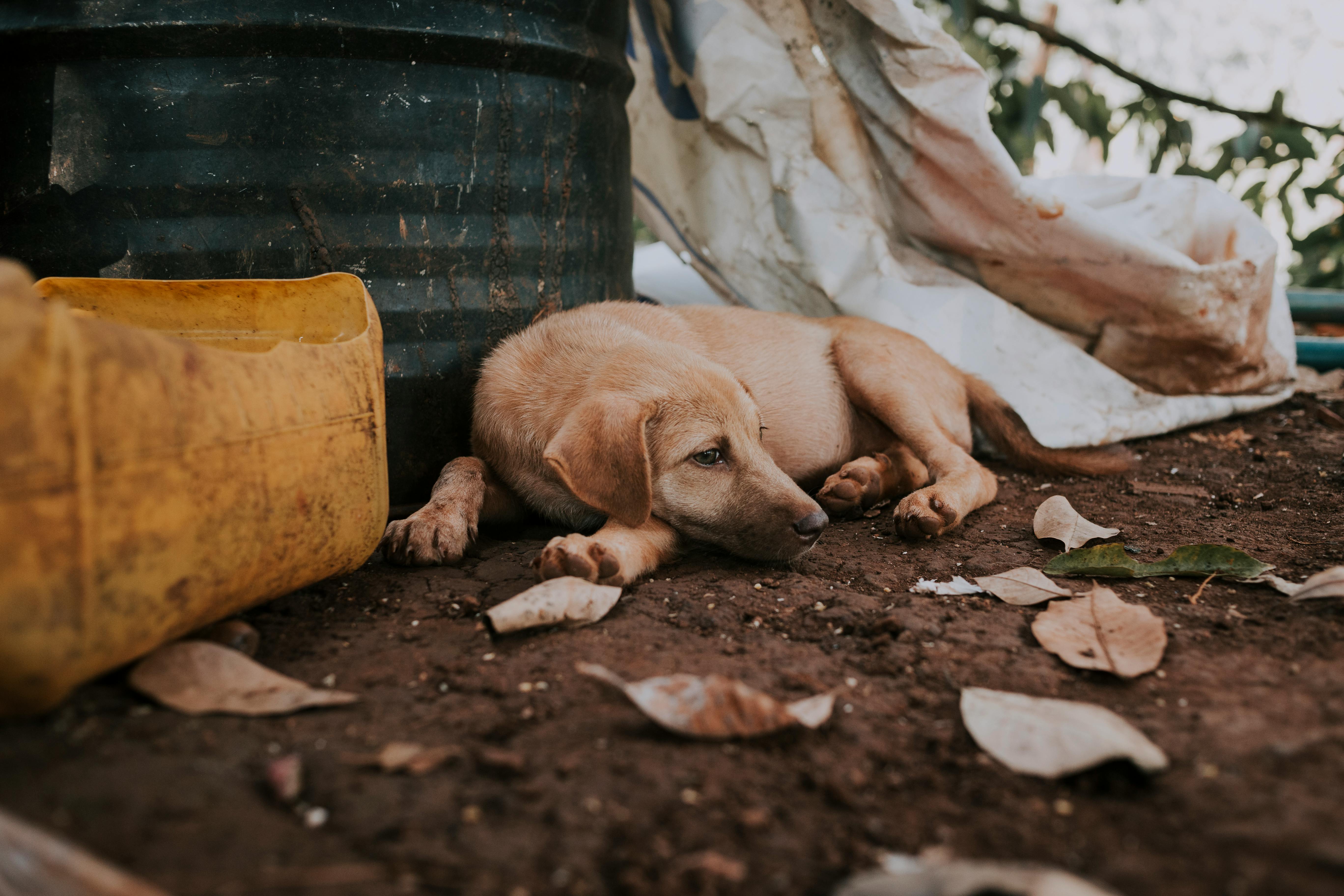
Paralysis often starts at the throat and jaw muscles leading to excessive salivation and difficulty swallowing. Dogs suffering from paralytic rabies experience weakness, loss of coordination, and eventually paralysis. Paralytic rabies, also referred to as “dumb rabies,” is the more common type in dogs. Ultimately, death is caused by progressive paralysis throughout the body in both forms. It’s possible to display signs of one or both forms. Initially, after infection, dogs may be asymptomatic and then progress to two main forms of the disease: the furious form and the paralytic form. The rabies virus attacks the nervous system of the dog. Unfortunately, once the symptoms of rabies appear, the virus is fatal. Seeking immediate veterinary attention if you suspect your dog has been exposed to the rabies virus is essential. Rabies is an incurable virus, however, it can be treatable if caught early on. It can affect dogs, cats, humans, and any other mammal. Managing anxiety - if your dog is anxious or has behavioural issues, such as separation anxiety, which drives their pica, it is important to address them.Rabies is a virus that infects the central nervous system, causing disease in the brain and spinal cord. Using interactive treats such as a KONG, filled with a little peanut butter and then frozen, will keep them occupied for a period of time Mental stimulation could involve hiding treats or teaching them a new trick. High energy breeds, such as collies, spaniels or huskies, may require more exercise. For adult dogs, a minimum of a one hour walk or interaction a day is recommended. Make sure they have appropriate levels of exercise and mental stimulation to reduce boredom. If your dog does tend to eat things they shouldn’t, be careful you do not leave them unattended in environments where they can easily pick things up

If pica is a particular problem in your dog, it is worth having a consultation with a vet, who may recommend screening for any underlying health issues with investigations, such as a blood test Do not use a muzzle that stops your dogs from being able to pant and cool down A correctly-fitted basket muzzle is recommended to ensure that they can pant. In extreme cases, using a muzzle, such as a basket muzzle might be useful in certain situations like on walks to prevent scavenging. If the picking up of unwanted items is a learnt behaviour, it may be worth consulting with a dog coach or behaviourist to discuss techniques to reduce this The following steps will help reduce the behaviour and prevent it occurring in the first place:Įnsure your dog is being fed a high quality diet appropriate for their life stage and is a healthy weightĭo not reinforce any behaviour which involves picking up items, try to exchange any item they have with something else like a toy or a treat. Some dogs have very compulsive behaviour that is difficult to resolve. For example if the owner laughs or fusses the dog for picking up certain items this may reinforce the behaviourĪny condition or medication that increases hunger - diabetes mellitus, treatment with steroids (particularly at high doses), appetite stimulants such as mirtazepine, malabsorption syndromesĭiet related - an unbalanced or low quality diet may cause your dog to crave things they are not receiving in their normal diet, so ensure you are using a high quality complete diet appropriate for your dog’s life stageĬertain clinical diseases - some conditions have been associated with pica, such as anaemia, exocrine pancreatic insufficiency (EPI), liver disease and anaemia The list below suggests some of the possible triggers:īehavioural causes - stress/anxiety, boredom, learned behaviour.

Causes of pica in dogsĮstablishing the cause of pica in your individual dog can be difficult.

Read our article on gastrointestinal foreign bodies for more information on this topic. Pica becomes a problem when it is repeated and compulsive. For example, puppies will often eat things they shouldn’t and often use chewing when they are young as a way of exploring the world they live in. Some of this behaviour can be considered normal.

You can read more about pica in cats here. It is much less common in cats, who tend to be much more fussy about what they consume.


 0 kommentar(er)
0 kommentar(er)
